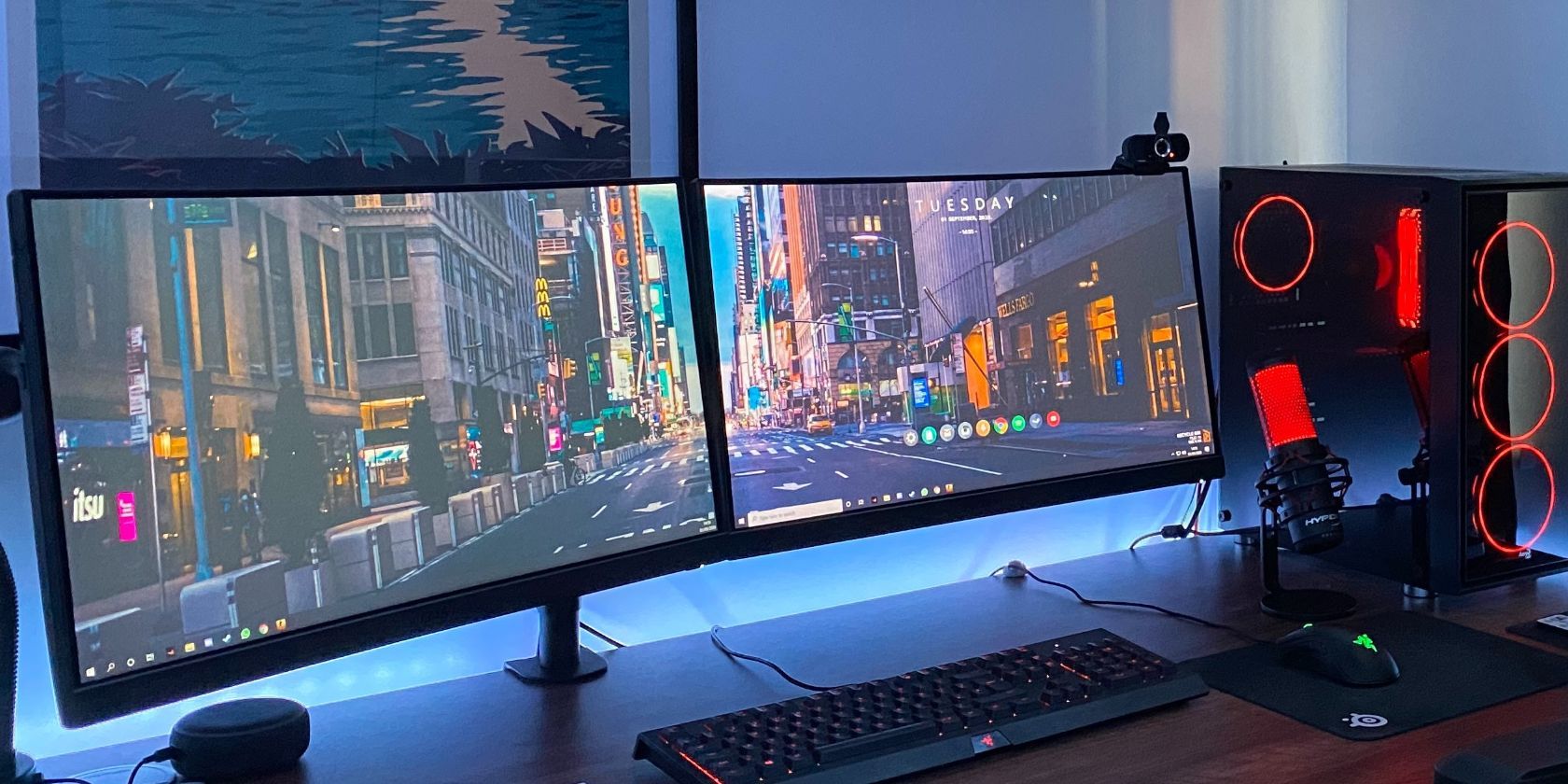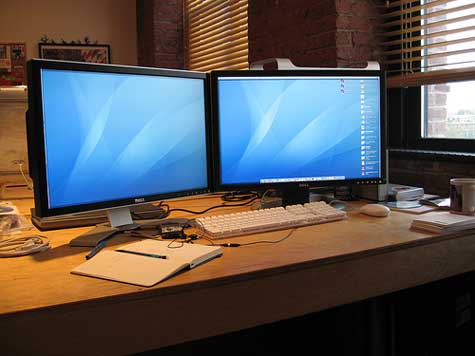

More often than not, it's the basic things that prevent your PC from detecting a secondary monitor.

Let's explore the multiple ways to help you troubleshoot external monitor connection issues in Windows 10.īasic Troubleshooting Tips to Fix When the Secondary Monitor Is Not Detected However, sometimes your system may fail to detect the second monitor due to hardware or software reasons.įortunately, troubleshooting this problem is easy. For more information, see the VESA Monitor Control Command Set (MCCS) standard.Windows 10 makes it easy to connect a secondary monitor to your setup to boost productivity. However, be aware that some VCP codes can disable important functionality or put the monitor into a state where the user cannot see the display image. The low-level functions can be used to send VCP codes to the monitor. The high-level monitor configuration functions are designed so that an application cannot put a monitor into an unusable state. Generally, you should use the high-level functions unless you need to use features that are available only in the low-level functions. To use the low-level functions, you must be familiar with the DDC/CI standard and also with the VESA Monitor Control Command Set (MCCS) standard. The low-level functions are a thin wrapper around the DDC/CI commands.

However, the high-level functions do not give you access to vendor-specific features of the monitor. To use the high-level functions, you do not need to know anything about the Display Data Channel Command Interface (DDC/CI). The high-level functions are easier to use than the low-level functions. The monitor configuration functions are divided into high-level and low-level functions. Using the monitor configuration functions, manufacturers can create applications that use the vendor-specific features of the monitor. Using vendor-specific monitor features.For example, monitor settings that are optimal for desktop applications are not optimal for watching television. Some users need multiple sets of monitor settings, because different scenarios require different monitor settings. Saving and restoring monitor settings.For example, when an LCD monitor is connected to a computer by using an analog connector, the best image quality is obtained when there is a one-to-one mapping between pixels in the graphics card's frame buffer and pixels on the LCD monitor. The monitor configuration functions can be used to change the size and position of a monitor's display area. The user changes the setting until a condition is met, and repeats this process for each monitor setting until the monitor is calibrated. Typically, a color calibration application displays a test pattern and has controls to change a monitor setting. A properly calibrated monitor reproduces colors correctly. Uses for the monitor configuration functions include:


 0 kommentar(er)
0 kommentar(er)
